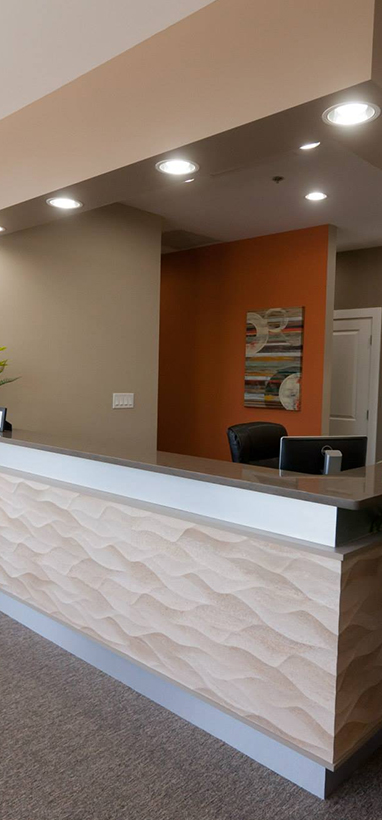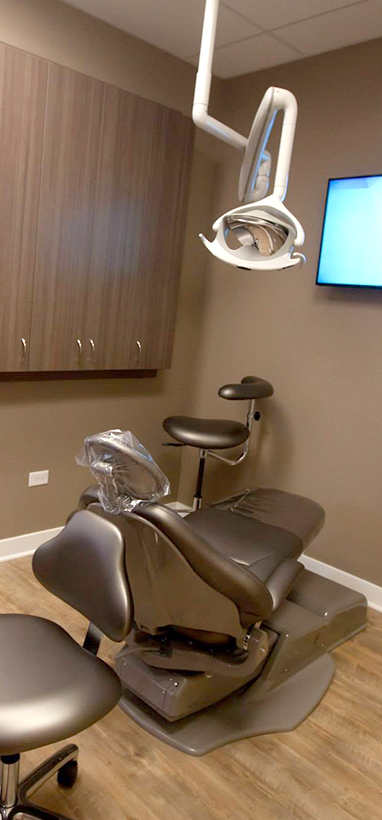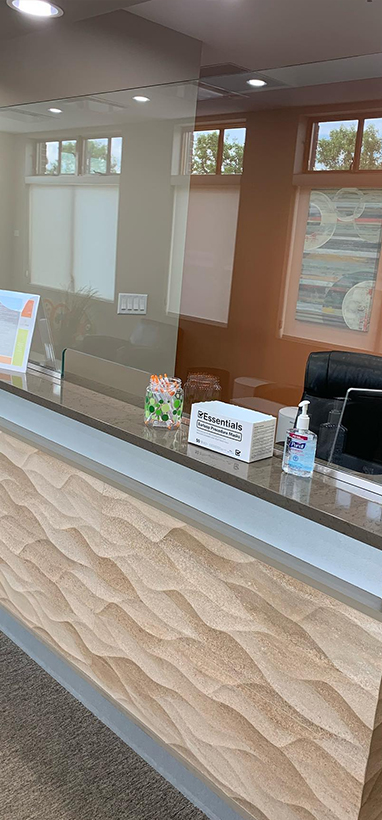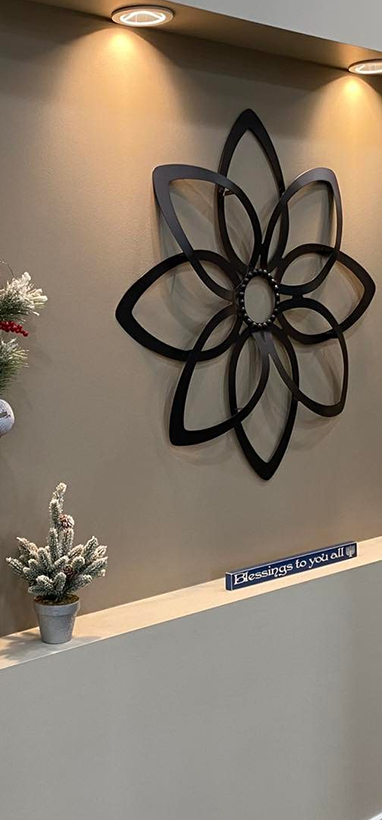1516 Legacy Cir, Naperville, IL 60563
A Comprehensive Guide to Dental Inlays and Onlays
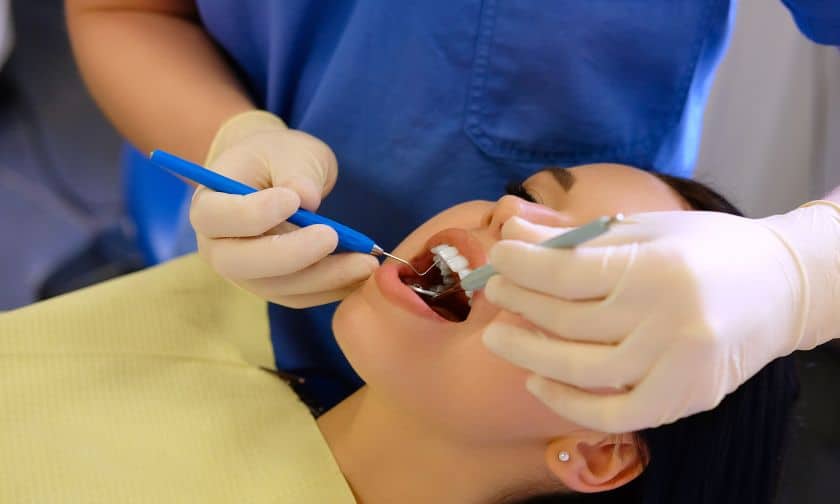
Welcome to our informative guide on dental onlays and inlays, two exceptional restorative treatments that can help improve your dental health.
This blog offers insight into the details of these procedures, their benefits, the materials used, the process involved, and much more. Whether you’re experiencing tooth decay or seeking a more durable and aesthetically pleasing solution for your damaged teeth, inlays and onlays offer a reliable option to restore your smile.
So, let’s explore the world of restorative dental procedures and discover how they can rejuvenate your oral health.
What are Inlays and Onlays?
Onlays and inlays are dental restorations that effectively repair teeth with moderate to severe decay or damage. They are commonly referred to as indirect fillings, as they are fabricated outside the mouth and then bonded to the tooth structure. Let’s discuss inlays and onlays in detail to understand why these are important for dental health.
Inlays: These are custom-made restorations that fit precisely within a tooth’s chewing surface (cusps). They typically repair teeth with decay or structural damage that doesn’t affect the cusps. Inlays are crafted from durable materials such as porcelain, composite resin, or gold, ensuring strength and aesthetics.
Onlays: Known as partial crowns, these are similar to inlays but cover a more significant portion of the tooth. They are used when the damage extends to the tooth cusps or involves more extensive restoration. Onlays provide a conservative alternative to dental crowns, preserving more natural tooth structure while offering strength and durability.
Source – Dentalk!
How Inlays and Onlays are Vital for Oral Health?
To find out if you should consider dental inlays or onlays in your next visit to the dentist, go through these undeniable benefits.
Preservation of Tooth Structure
Unlike dental crowns, inlays and onlays require minimal removal of healthy tooth structure. As a result, they preserve the maximum amount of natural tooth material while providing strength and stability.
Durability
Onlays and inlays are made from high-quality materials that can withstand the forces of biting and chewing. They are resistant to wear and can last many years with proper care.
Aesthetics
You can customize onlays and inlays easily to match the color and shape of your natural teeth, ensuring a seamless blend with your smile. Besides, they provide an aesthetically pleasing restoration that enhances the appearance of your teeth.
Source: Dental Procedures Explained
Understanding the Inlay and Onlay Procedure
The process of inlay and onlay restoration typically involves the following:
Tooth preparation: The affected tooth is prepared by removing decayed or damaged areas.
Impression taking: An impression of the prepared tooth is taken to create a custom-made restoration.
Temporary filling: A temporary filling protects the tooth until the final restoration is ready.
Restoration fabrication: The impression is sent to a dental lab where the inlay or onlay is fabricated.
Bonding: During the second visit, the temporary filling is removed, and the restoration is bonded to the tooth using dental cement.
Fit and adjustments: The dentist ensures a proper fit and makes necessary adjustments for comfort and bite alignment.
Polishing: Once securely placed, the restoration is polished to blend seamlessly with the natural teeth.
Aftercare Guide for Inlays and Onlays
Following these simple aftercare practices will help ensure longevity and optimal performance of your dental restoration.
- Brush your teeth at least twice a day and floss daily
- Avoid excessive force while brushing to prevent damage to the restoration
- Use an antimicrobial mouthwash to help control bacteria and maintain oral health
- Refrain from biting on hard foods, ice, or non-food items to prevent damage to the restoration
- Schedule appointments and routine check-ups to monitor the condition of your inlays and onlays and address any issues promptly
- Wearing a nightguard can offer additional protection to your restorations
- Schedule an appointment with your dentist for evaluation if you experience discomfort or sensitivity issues with your inlays or onlays
Dental onlays and inlays are excellent options for restoring teeth with moderate to severe decay or damage. These restorations provide a durable and aesthetically pleasing solution by preserving the natural tooth structure.
Whether you require an inlay to repair a tooth without affecting the cusps or an onlay to restore a more extensive area, these treatments offer a conservative alternative to dental crowns. With their customized fabrication and high-quality materials, inlays and onlays blend seamlessly with your natural teeth, enhancing your smile’s function and appearance.
Consider discussing the potential benefits of inlay and onlay restorations with your dentist for long-lasting and reliable restorations.




